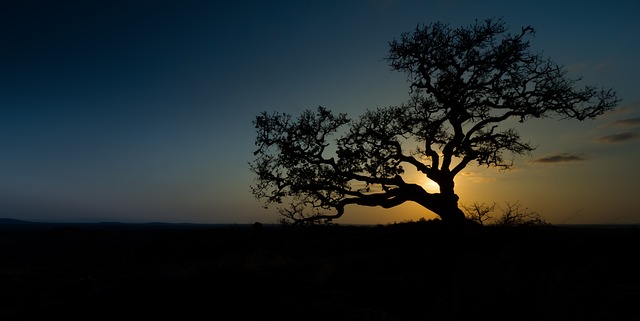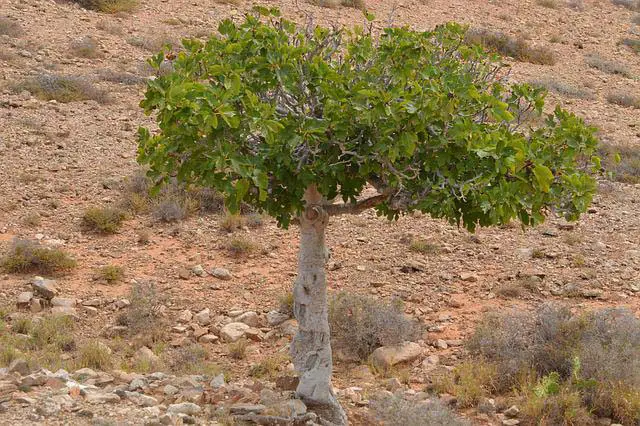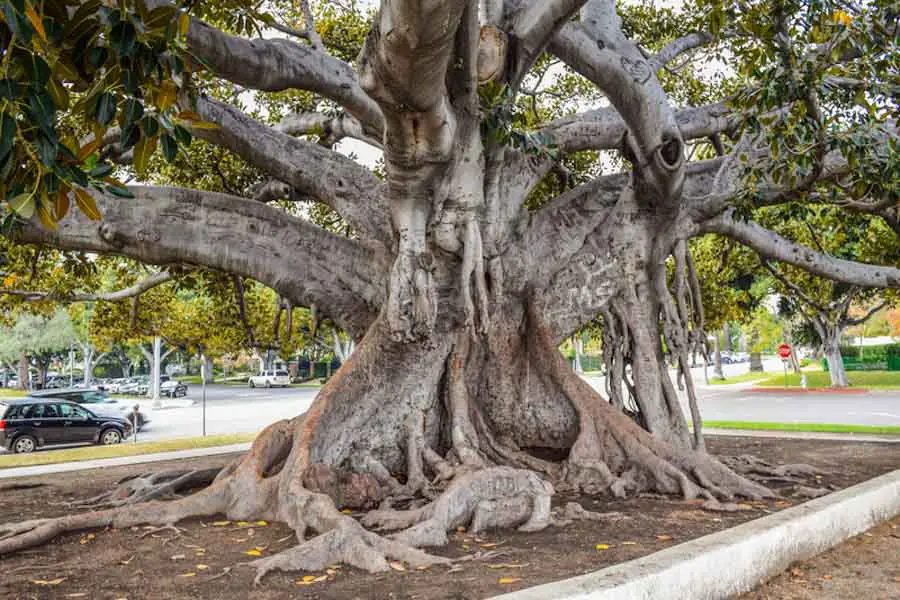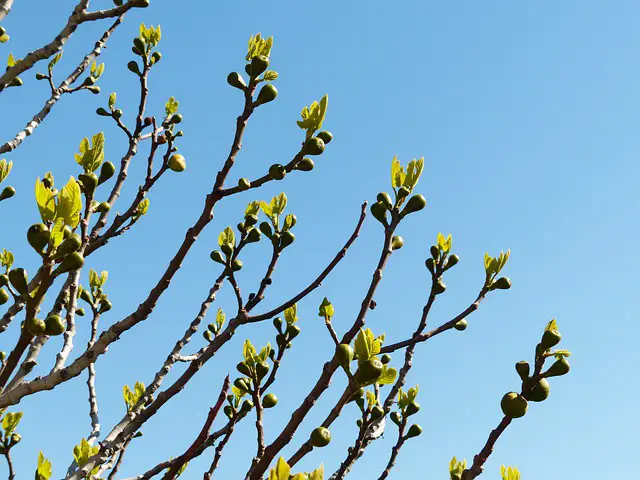Fig trees are one of the most long-lived fruit trees, with an ancient history tied to the earliest known human civilizations. If you plant one now, how long will it last? Continue reading to learn how long a fig tree typically lives, and, more importantly, how long you can expect it to bear delicious fruit.

The first time my 4-year-old fig tree bore a real crop of fruit was a very exciting gardening milestone for me. But how many years will my fig tree keep giving me a good harvest? I know the mature size it will grow to be, thanks to a helpful plant tag, but how long can I expect my fig tree to thrive and produce a good crop?
Fig trees can live 200 years or more if well cared for. Under good conditions, fig trees can produce fruit indefinitely, although many commercial growers replace them after 30-50 years. Figs ripen between May and November, with some fig varieties producing two crops per season.
I love the idea of my own fig tree growing to a massive size, outliving me by generations, yet still providing fruit for my great-great-great-(etc.) grandkids. I plan to do everything I can to ensure a lengthy (and delicious) life for my fig tree. The fig tree’s potential for a long, productive lifespan stems from its unique place in human history.
The Long Life of a Fig Tree
Figs have a bit of a mystique about them, due to their origins in the ancient world. They were a delicacy for the ancient Egyptians, and archeologists have found the remains of cultivated fig orchards in the Middle East dating back to 4000 BC.

Some researchers believe figs were the first recorded agricultural crop, predating wheat, barley, and rye (source). It’s even postulated that figs were the tempting forbidden fruit in the Garden of Eden.
Fig trees are extremely long-lived, known to thrive for 200 years or more if maintained well, but the oldest known trees live far beyond the 200-year mark. The oldest common fig tree currently recorded is in Bulgaria and is over 290 years old. A famous fig tree located in a convent in Roscoff, Brittany lived to be nearly 400 years old, and it was still healthy when it was cut down in 1987.
Ancient fig trees are found around the world (in Australia, Pakistan, and China, among other countries) and are often revered and honored in the culture. Are you interested in seeing one of these massive old trees? The the oldest fig tree in the United States is said to be a Moreton Bay Fig Tree located in Santa Barbara, California. This giant was planted in 1876, and is over 80 feet high and 170 feet wide.

How Long Will a Fig Tree Produce Fruit?
Fig trees should start producing fruit after 3-5 years. They can continue bearing fruit for 50 years or more if the tree is thriving. Many fig varieties bear two crops per year; the first “breba” crop typically ripens in May or June, and the main crop matures from the end of July to early November.
When fig trees are well maintained they can produce fruit for a long time. Commercial growers often replace their fig trees after 30-50 years to maximize productivity. However, some fig orchards in California have trees that are 75-100 years old, and these trees are still producing a commercial crop (source).
Many factors will affect the productivity of your fig tree. If a tree isn’t well established its fruit may be small, acidic, or never ripen fully. Often growers will remove the first crop from a newly planted tree to give it more time to establish a healthy root system and growing habit.

If you provide what your tree needs – such as the right location, soil, nutrients, water, and pruning – your fig tree could produce delicious fruit almost indefinitely.
Learn more about selecting the right spot for your fig trees: Where to Plant a Fig Tree: Location Matters.
How Long Until a Fig Tree Starts Bearing Fruit?
Fig trees need to grow for at least 3 years before they will produce viable fruit. If you see baby figs on a newly planted tree, it’s a good idea to remove them before they reach maturity. Fruit from an immature tree may be underdeveloped, astringent, or may fall off the tree before ripening.
During the first few years of growth, the tree should be putting its energy into developing an extensive root system and healthy growth habit. Not only will a well-established tree provide more and better fruit, but it will also be more resistant to frost damage and disease.
To see some other reasons a fig tree might struggle to produce fruit, read 11 Reasons Your Fig Tree Isn’t Fruiting (and What to Do).

It takes 120-150 days for figs to develop on a tree. Many common fig cultivars (such as ‘Desert King‘) produce two crops every season. The first is called a breba crop, which develops in spring (May-June) on the previous year’s growth. Breba figs are often not as good as the figs that ripen later in the season. The main fig crop is borne where the leaf attaches to the stem (leaf axil) on the current season’s growth, and will ripen anywhere from mid-August to early November.
Fig trees will continue to bear fruit long after the tree fully matures. A fig tree will usually start producing a robust crop of fruit after about 5 years and will continue producing indefinitely if the tree is thriving. It may take up to 30 years for a fig tree to reach its full mature size, as they are relatively slow growers.
How Fast Do Fig Trees Grow?
Fig trees planted in the ground grow about 12 inches per year, and they can reach heights of 30 feet or more. A potted fig tree will grow at a slower rate because its roots are restricted by the size of the container. Fig trees need space to develop a widespread root system and support maximum growth.
Regular pruning will help encourage healthy fig tree growth. Avoid over-fertilizing fig trees, particularly with a nitrogen-heavy fertilizer. Nitrogen encourages leaves and shoots to grow, meaning less of the plant’s energy will be available to develop roots or produce fruit.
Learn more: Fertilizing Fig Trees: 8 Times it’s NOT Necessary
Too much fertilizer may make a fig tree grow too fast, weakening the tree. This can cause splits in the bark, leaving the tree more susceptible to frost damage and disease. (To find out more about when fig trees might actually need fertilizer, check out When to Fertilize Fig Trees: A Complete Guide.)
Watch: In the video below, I explain how to fertilize both in-ground and potted fig trees.
Special thanks to Dr. David Creech, director of SFA Gardens at Stephen F. Austin State University in Nacogdoches, TX. You can learn more about Dr. Creech’s work in the SFA test gardens on his blog.

